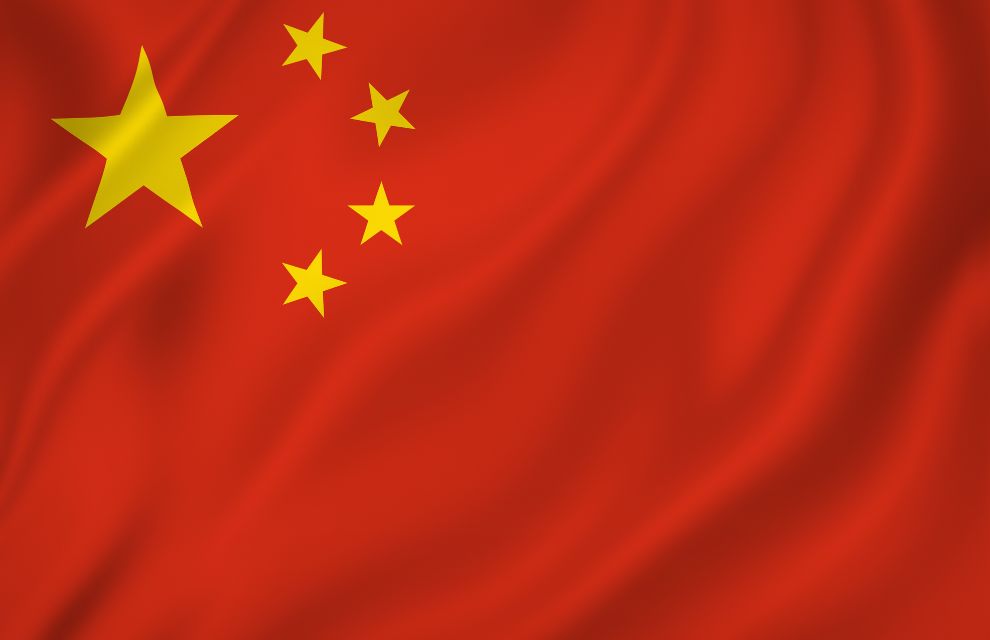The International Capital Markets Association (ICMA) has released a guide to China’s repo market, representing the fifth in its series of market practice guides on domestic repo markets in Asia.
This volume provides a detailed introduction to repo market activities on the Chinese mainland, including analysis of the evolution of the market, products and trading activities, market infrastructure, the interbank market and exchange-traded repo, along with a review of the regulatory and legal framework and its ongoing development.
Authored by Richard Comotto, senior consultant to the ICMA’s European Repo and Collateral Council and longstanding repo market expert, this contribution follows on the back of domestic repo market guides for Japan, Indonesia, Vietnam and the Philippines which were released earlier this year.
The volume notes that China has a 30-year history of repo trading, with activity building from informal transactions conducted on diverse local exchanges in the early 1990s to a market today that generates almost US$220 trillion annually in turnover, equivalent to an average daily turnover of US$850 billion or CNY 5.6 trillion.
Given the scale of the repo market in China, Comotto advises that it should be compared with other large repo markets globally, rather than its smaller Asian regional counterparts. The repo market is now the largest fixed income and money market in China, with repo turnover during 2021 of CNY 1395.4 trillion compared to CNY 214.5 trillion cash trading in bonds and CNY 118.8 trillion in unsecured interbank lending.
The guide concludes that although the repo market is the most efficient and liquid financial market in China, the underlying cash market for securities deployed as collateral is relatively illiquid, owing to its very low turnover, and collateral illiquidity is subsequently a systemic risk in this market.
Although the one-day duration of most repo transactions does mitigate this liquidity risk to investors, it does present a significant funding risk for borrowers. Extensive use of short-term wholesale funding to generate leverage and to manage maturity transformation does expose the repo market to risk of sudden deleveraging.
A further source of systemic risk in repo markets arises because the large majority of repo trades in China are pledged repos, which are effectively secured loans rather than true repo.
In the event of a counterparty default, Comotto notes that such repos would fall within the scope of the statutory insolvency regime and Chinese bankruptcy law, which is little tested, may delay or block access to collateral.
More broadly, pledged repo does little to encourage liquidity in the underlying securities market because cash lenders are not able to re-use pledged collateral, for example to cover short positions. The use of collateral pledge also limits use of close-out netting.
The repo market in China is divided across the Interbank Market and trading on two stock exchanges, the Shanghai Stock Exchange and Shenzhen Stock Exchange. The guide provides a useful overview of the operation of each market segment and the products and trading activities that these support.
In theory, Comotto notes, the Interbank Market trades on the China Foreign Exchange Trading System (CFETS), which supports trading and data services for repo, cash bonds, foreign exchange and OTC derivatives.
In reality, repo market participants commonly trade bilaterally off CFETS, using voice or chat, with CFETS used to report the transaction in keeping with the regulatory obligation for OTC transactions.
The author highlights the important role that the Interbank Market has played since its inception in 1997 in supporting the central bank’s move towards an interest rate-based monetary policy framework. This has facilitated the People’s Bank of China’s move from quantitative credit targets and direct interest rate guidance towards a monetary framework guided by daily open market intervention, reserve averaging, standing facilities and strategic policy signals.
Comotto notes that an efficient repo market provides a secure medium for open market operations, while repo rates provide an accurate indicator of the cost of wholesale funding, providing an effective benchmark for pricing risk and short-term financial assets.




